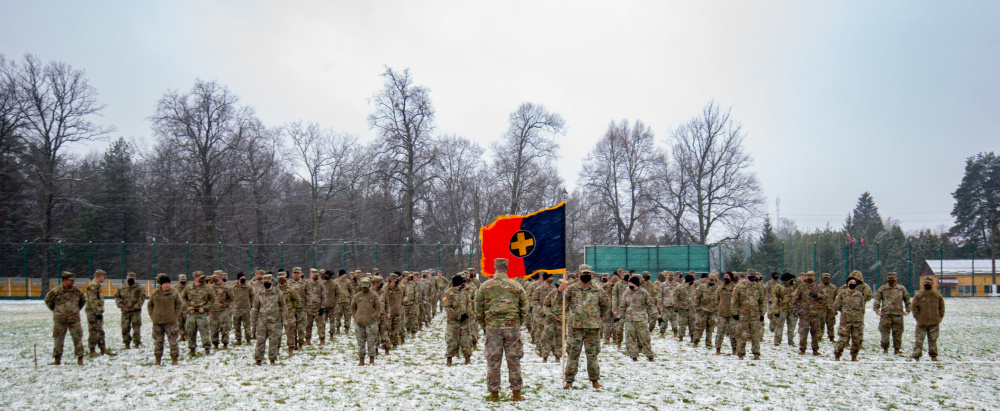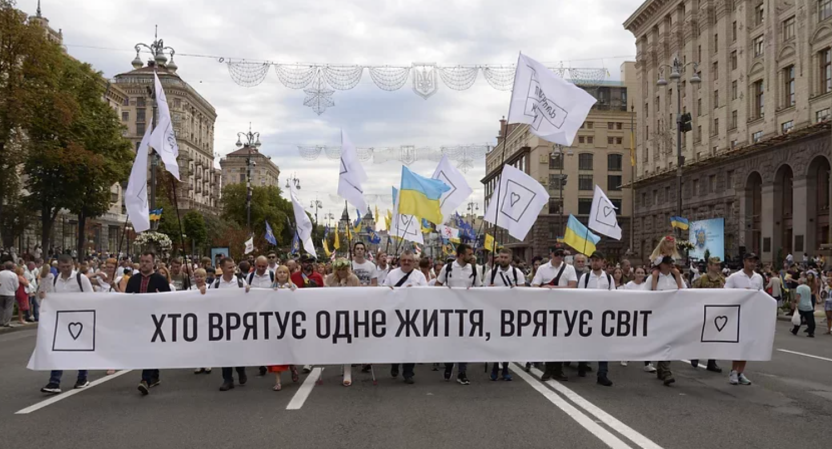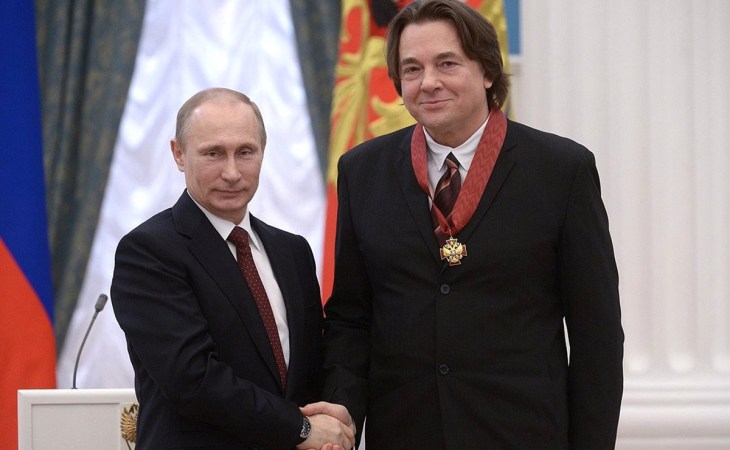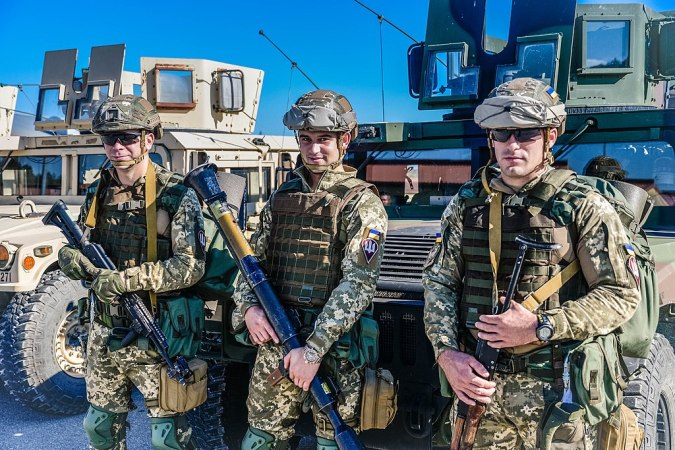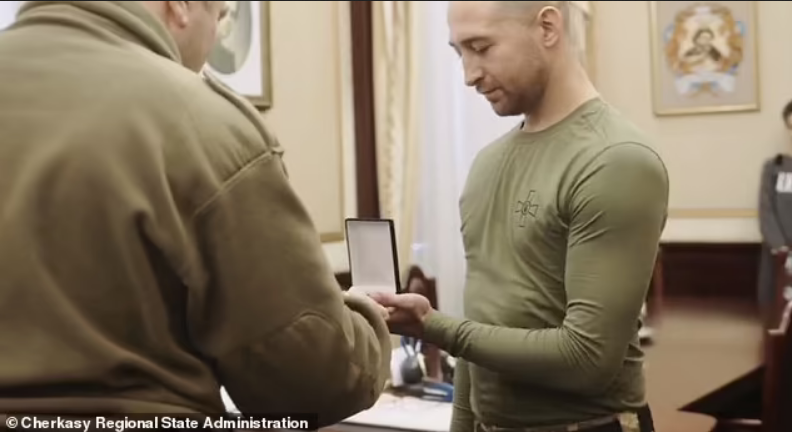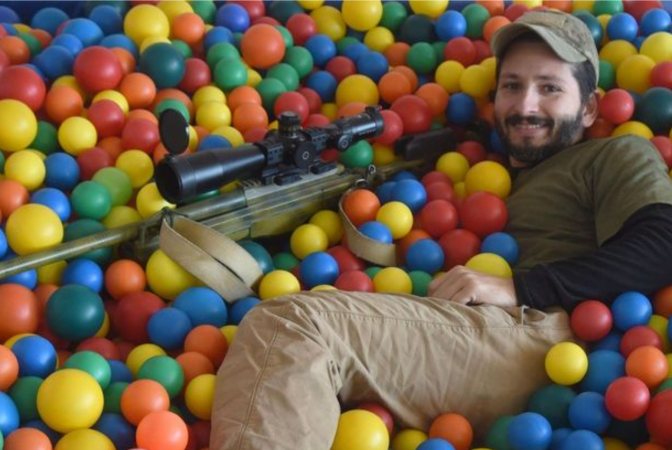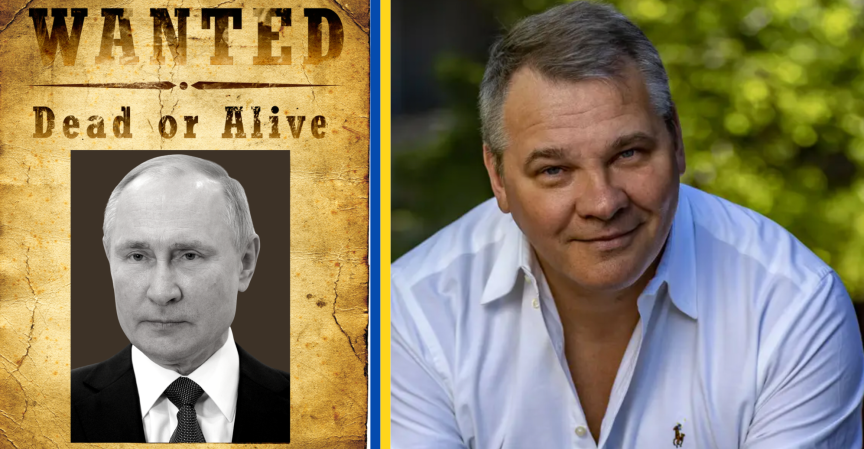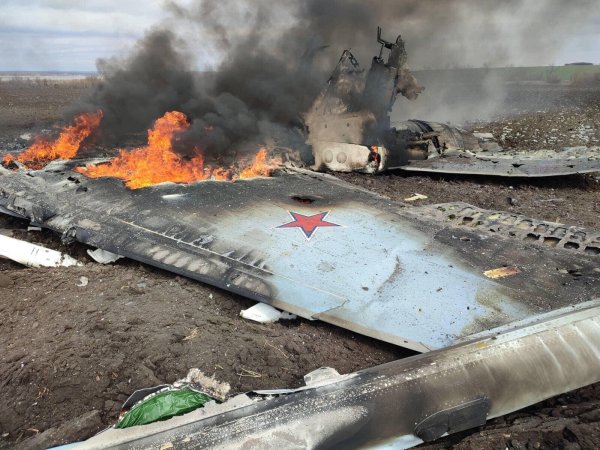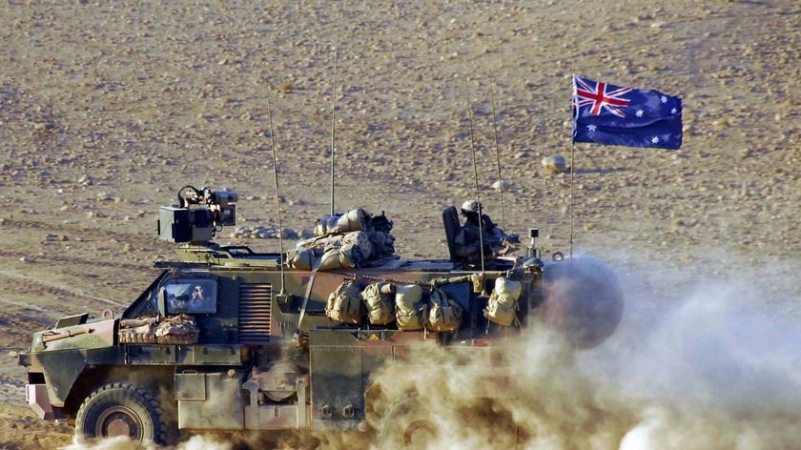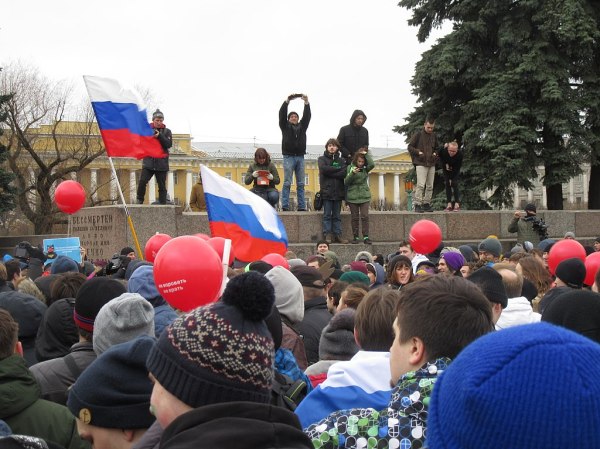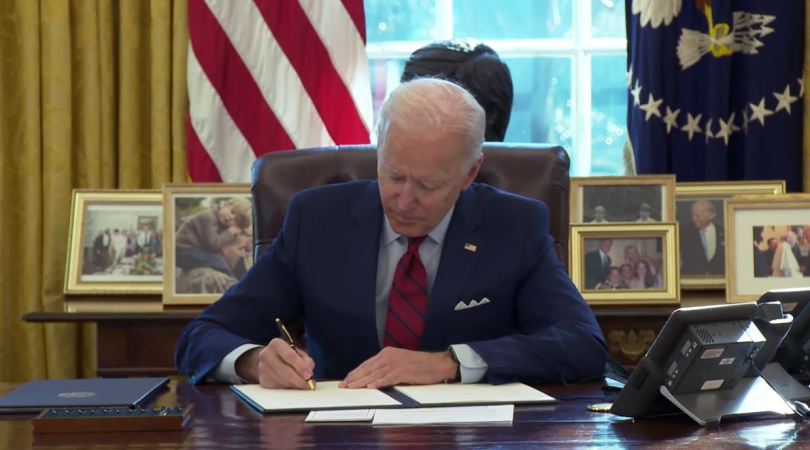Remember that massive leak of embarrassing and damaging Democratic National Committee emails? And it turned out that Russian Intelligence Services were most likely behind it? It wasn’t the first time.
Russia tried to pin the blame on a most likely fictional Romanian hacker named “Guccifer 2.0,” but the “Romanian” who spoke to the press couldn’t type Romanian-language sentences without making errors and avoided technical questions about hacking.
The Russian propaganda machine is sometimes stunningly effective and sometimes surprisingly stupid. The spin doctors may have convinced many people in Europe that the Ukrainian Revolution was a Fascist uprising, but they also screwed up these 4 things:
1. Malaysian Airlines Flight 17

When Malaysian Airlines Flight 17 (MH17) went down in eastern Ukraine on Jul. 17, 2015, a long investigation was launched to determine what happened. Through extensive modeling and forensics, a Dutch-led investigation determined that the plane was downed by a Russian-made Buk missile fired from the area of Ukraine controlled by Russian-backed separatists.
Russian propaganda went into overdrive to shift blame from themselves for giving the separatists the missile.
Russian state media drudged up a “satellite image” from an obscure message board and began reporting that the scene it presented, one of a Ukrainian fighter jet firing on MH17, was a fact. But, as users at the investigative journalism site Bellingcat pointed out, the planes’ relative size to each other and the ground were way off and the MH17 plane perfectly matches the first Google result for the Russian equivalent of, “Boeing top view.”
Russia had also claimed that a Ukrainian Su-25 shot down MH17. Apparently, the state media wasn’t very worried about that when they released the fake satellite imagery since the fighter in the photo clearly isn’t an Su-25.
2. Russian invasion of Crimea

Russia repeatedly claimed that its troops weren’t in Ukraine during the invasion of Crimea, a region of Ukraine, and couldn’t understand why so many people thought they were. (Hint: It was mostly the Russian license plates, uniforms, accents and language.)
No one thought to cut off the soldiers’ access to social media, though. The Atlantic Council followed the digital footprint of a soldier and proved that he — and a lot of his closest friends and squadmates — had come from Siberia in Russia.
Worse, Putin apparently forgot to get the word out to the soldiers that they *wink* weren’t Russian. Some soldiers admitted to journalists that they were Russian while they were standing on Ukrainian soil, as Jon Stewart highlighted in a great piece for The Daily Show.
3. The anti-government protests in Kiev, Ukraine

Before Ukrainian protesters ousted the country’s pro-Kremlin leader and tried to join the Western world — kicking off the armed conflict with Russia and pro-Russian separatists — it held a series of large rallies and protests against the then president of Ukraine, Viktor Yanukovych.
Russian state media covered the protests and said that they were dying out with only a few hundred people remaining in the square. They said this while their camera panned across the square and a crowd estimated to hold about 1 million people.
State media later claimed that swarms of ethnic Russians in Ukraine were fleeing the country to get to Russia, but their footage of the “Russian” border stations had clear signs identifying it as a Polish-Ukrainian border station.
4. The re-hired actors fiascos
In multiple incidents over the past few years, propaganda creators have used the same actors in different videos and photo shoots, sometimes over and over again.
One of the most prominent examples was the “Tale of Two Andreis” where multiple Russian news outlets aired footage of the same actor in the same hospital bed with the same injuries but with three different backstories. In one story he was an ordinary citizen attacked by neo-Nazis, in another he was a German spy, and in the last he was a pediatric surgeon caught in the crossfire during a violent protest.
In another series, internet watchers caught on to a female actor who had appeared in approximately five Russian propaganda videos, each time with a different story and biography. She even recycled a distinctive hat for two of the videos.
The unfortunate thing for the rest of the international community is that — despite Russia’s frequent missteps — their propaganda model does work. Rand Corporation looked at the body of evidence and found that Russia’s use of multiple channels buys it credibility even when most of its arguments can be proven false.
The effect can be even greater when they actually get a gift of real information. After all, the Democratic National Committee hasn’t released anything saying that the leaked emails were faked. So while Russia may get made fun of for trying to pass off an actor as a Romanian hacker, they’re still influencing an American election.
And this time they get to enjoy the fact that no one can debunk the kernel at the heart of the story.



